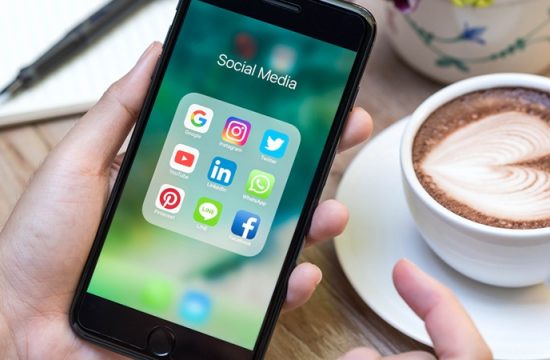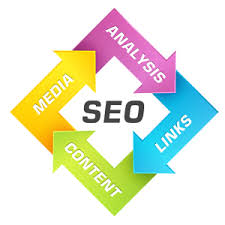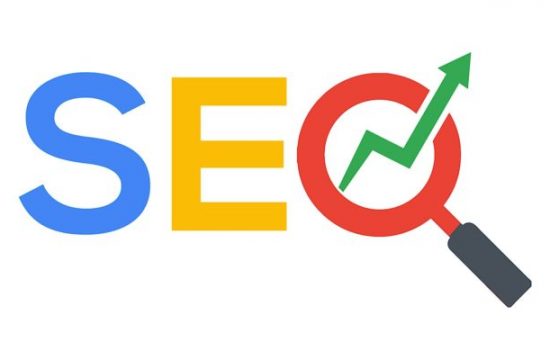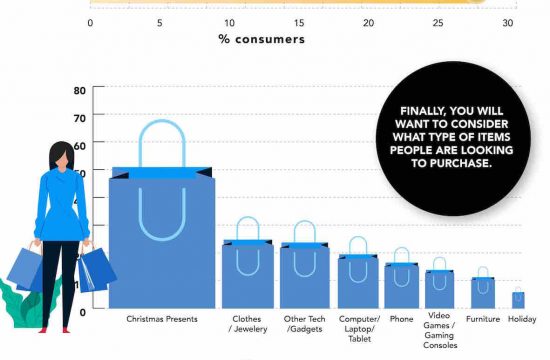Scientists in the UK have recently managed to use LED lights to transmit data at faster speeds than were ever previously achievable using this technology, according to BBC News.
So-called Li-Fi communication is similar to other wireless standards in that it aims to increase the rate at which data can be transferred without requiring cabling.
Now it is thought that speeds of 10Gbps or more are achievable thanks to the use of a micro LED bulb which uses the three primary colours to deliver impressive performance.
Li-Fi is designed not only to be fast, but also to lower the costs of offering internet access to people in the UK and further afield.
Of course, unlike other wireless connectivity options, Li-Fi does require line-of-sight visibility so that portable devices can interact and connect to it, but the potential speeds available could have a wide range of applications.
Practical Performance
Businesses can buy LED ceiling lights from online wholesalers in order to drive towards comprehensive wireless network coverage within their premises if Li-Fi becomes a mainstream proposition.
Because Li-Fi’s interaction with compatible devices is so fast, it is imperceptible to the human eye. This means that the lights can also provide standard illumination and will not merely serve as a means of offering internet access.
The developments at a Scottish university mean that Li-Fi is ten times faster than it was thought to be even earlier this year, when German researchers managed to hit the 1Gbps data rate under controlled conditions in the lab.
Chinese scientists are also getting involved with Li-Fi and it is thought that using their current systems a quartet of computers can be served with connectivity at speeds of 150Mbps using a single LED light bulb.
While it might previously have been necessary to increase the number of bulbs to boost the available bandwidth, a team of academics at various British universities has shown that there are even cleverer ways to squeeze faster speeds from LED lighting.
Old Guard
Current Wi-Fi and other mobile networking technologies are relatively inefficient, both in terms of the amount of energy which they consume and how much bandwidth is available.
Using the visible light spectrum rather than the radio frequencies on which we currently rely makes Li-Fi a highly valuable commodity, even if its inability to penetrate walls does pose a few interesting challenges.
Some researchers believe that the lack of wall penetration could actually be beneficial, because it would improve security and mean that third parties would find it much more difficult to hack into internal networks within businesses without also physically being within relevant rooms.
With over a decade’s worth of research and funding already having been put into Li-Fi, many more developments are likely to come out over the next few years. LED lighting is already growing in popularity due to its existing benefits, but data transfer could be a new and important aspect.
Image attributed to FreeDigitalPhotos.net koratmember












